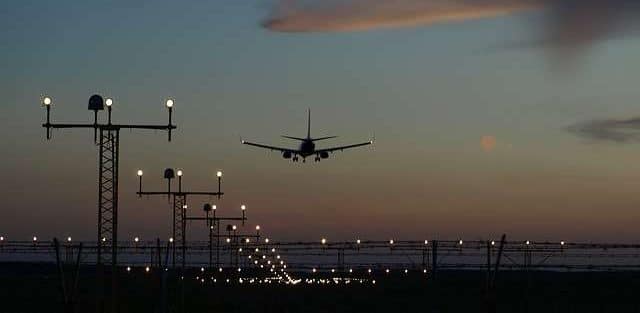Runway Heading

- 09 points east (90 degrees)
- 18 points south (180 degrees)
- 27 points west (270 degrees)
- 36 points north (360 degrees)
Two Ends to Every Runway
Furthermore, it follows that every runway has two potential headings because a charter flight could theoretically approach and/or depart from either end. Using a runway with a north-south orientation, you’d find that one end would be designated runway 36, while the other would be runway 18.Why Do Charter Flights Use Runway Headings?
There are several benefits to designating runways headings based on magnetic directions:- Works at night
- Works in poor visibility
- Pilots can use them early on the approach
Runway heading refers to the magnetic direction corresponding to the centerline of the runway. When charter flights are in the process of landing and taking off, the runway heading helps them verify that they are indeed using the intended runway.
Airports name their runways using a deca-degree system. In other words, they are designated in 10-degree increments. Also, they’re always denoted using a two-digit format. As such, there are 36 potential runway headings, ranging from 01 to 36.
Using the 360-degree magnetic compass, you’ll see runway:
- 09 points east (90 degrees)
- 18 points south (180 degrees)
- 27 points west (270 degrees)
- 36 points north (360 degrees)
Two Ends to Every Runway
Furthermore, it follows that every runway has two potential headings because a charter flight could theoretically approach and/or depart from either end. Using a runway with a north-south orientation, you’d find that one end would be designated runway 36, while the other would be runway 18.
Why Do Charter Flights Use Runway Headings?
There are several benefits to designating runways headings based on magnetic directions:
- Works at night
- Works in poor visibility
- Pilots can use them early on the approach
Not all aircraft feature GPS technology. As such, they still rely on a compass to determine their magnetic headings. Furthermore, runway headings provide pilots with a useful means of cross-checking their instruments during approaches.








